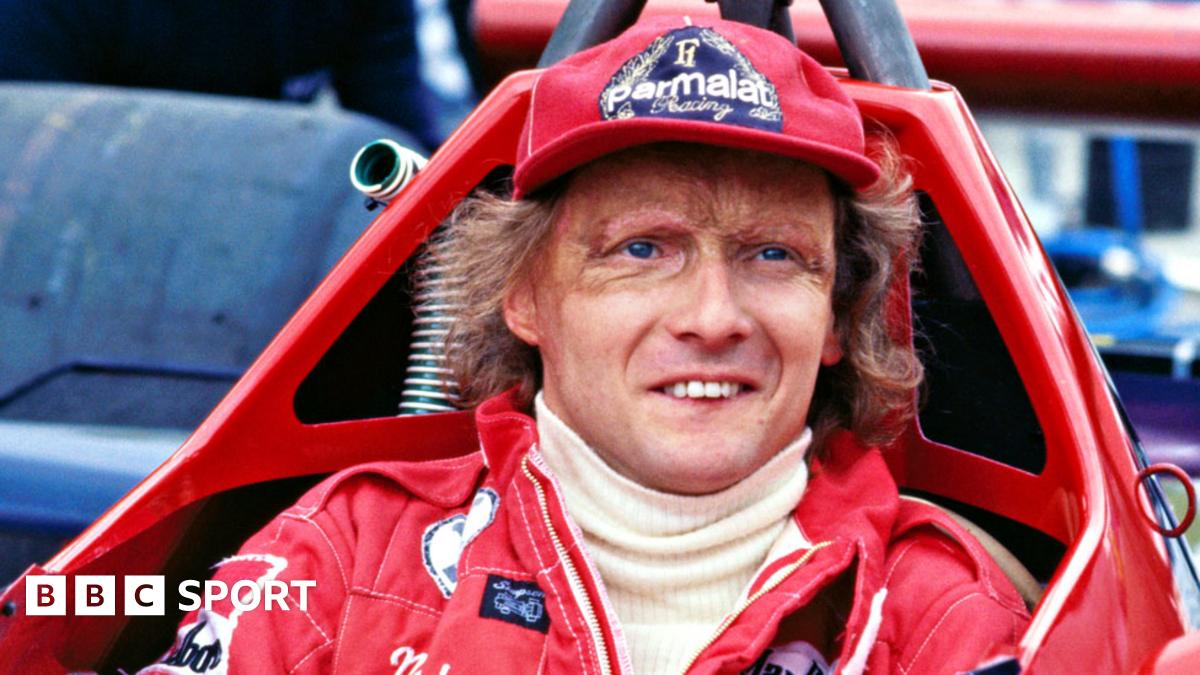Breaking Sad News: Niki Lauda’s Chilling Last Words Resurface: “I Accept Every Time I Get in My Car There Is a 20% Chance I Could Die” — The Risky Reality of a Formula 1 Legend That Stunned the World
In the fast-paced and dangerous world of Formula 1 racing, few names stand as tall as Niki Lauda’s. A three-time world champion and one of the most respected figures in motorsport history, Lauda’s fearless spirit defined an era. But as tributes and reflections on his life continue to surface, one chilling statement attributed to the legendary driver has sent shockwaves through fans and the racing community alike: “I accept every time I get in my car there is a 20% chance I could die.” This haunting acceptance of the inherent dangers of his profession offers a sobering reminder of the perilous world of F1 racing.
Lauda’s legacy is inseparable from the dramatic and dangerous era of racing in which he competed. Born in Vienna, Austria, in 1949, Andreas Nikolaus “Niki” Lauda quickly rose through the ranks to become one of the sport’s most iconic figures. His ability to analyze technical aspects of racing and push both car and himself to their limits set him apart from his contemporaries.
The dangers of Formula 1 were made painfully evident during the 1976 German Grand Prix at Nürburgring—a crash that remains one of the darkest moments in F1 history. Lauda’s Ferrari burst into flames, leaving him trapped in a blazing inferno for nearly a minute. Miraculously, he survived despite suffering severe burns and extensive lung damage.

The resurfacing of Lauda’s statement highlights the grim reality drivers faced during the sport’s most perilous decades. In the 1970s, fatalities and severe accidents were alarmingly common, with limited safety protocols compared to today’s highly regulated racing environment. Lauda’s matter-of-fact acknowledgment of death as a constant companion underscores both his courage and the fatalistic mindset many drivers were forced to adopt.
Despite his near-fatal accident, Lauda returned to racing just six weeks later, donning a specially designed helmet to protect his still-healing injuries. His remarkable comeback and fierce rivalry with British driver James Hunt became legendary, serving as the inspiration for the critically acclaimed film Rush (2013).
Lauda’s career achievements—which include three world championships (1975, 1977, and 1984)—cement his place among the greatest drivers of all time. Beyond the track, he demonstrated the same tenacity in business, becoming a successful airline entrepreneur and later serving as a non-executive chairman for the Mercedes-AMG Petronas Formula One Team.
His impact extended beyond the racing community, as he became a symbol of resilience, intelligence, and fearlessness. For Lauda, the acceptance of risk was not a morbid fixation but rather a necessary acknowledgment of reality—an attitude that resonates with anyone who pushes the boundaries in their profession.
Niki Lauda passed away in May 2019 at the age of 70, leaving behind a legacy defined by extraordinary talent, courage, and an indomitable will to overcome adversity. As fans and the motorsport community reflect on his life and career, his chilling words remind us of the inherent dangers faced by those who live life on the edge.
The resurfacing of his statement is a poignant reminder of the bravery that defined an era of racing and the man who became one of its greatest legends. Niki Lauda will forever be remembered not just for his victories on the track, but for his unwavering resolve in the face of life’s greatest challenges.
Leave a Reply